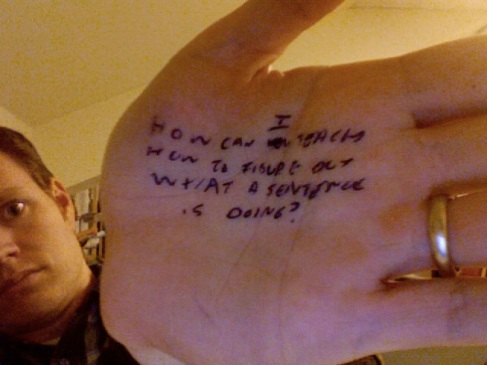I Play a Video Game, and I am Better for It
I’ve been playing a video game lately called BioShock Infinite. Now, I know that by doing so, it makes me just like millions of other people in my demographic. But for me, it was a difficult thing to get into. I don’t like video games for several reasons. I have seen how overpoweringly addicting they can be. I have seen people who have put so many hours of their life into video games that their brick and mortar life has been left unattended and some hefty weeds have grown around it. My wife hates video games for these same reasons, and since the only time I have to play video games must be subtracted from the time I usually spend with her, it makes a lot of sense that she balks at the thought of me having or playing video games. Plus it was $40, which in our budget is a lot.
But BioShock Infinite is different.

First of all, BioShock Infinite is one of the most intricate, thought-provoking, enrapturing (some of you will get that) narratives that I have ever come across. I spent a few of my college years studying fiction writing, and I can appreciate the sheer size of the story this video game tells, and the importance of some of the social issues it addresses. Also, because this is first-person shooter game, I am, in a very real way, asked by the game to inhabit the body of the main character and make decisions for him, and am thus propelled into and caught up in the narrative of the game in ways that I could never be when reading a book.
Ken Levine, the creative director that drove the team that created all the BioShock games, has been compared to Shakespeare in his ability to craft deeply meaningful, mind-bogglingly detailed, and incredibly entertaining experiences, and I feel that the comparison isn’t at all hyperbolic. This video game is something special, and so I have a hard time feeling like I’m just zoning out with mindless escapism when I play it.
Second of all, due to the depth of the experience, I have decided to write a seminar paper this semester. I had read a lot about BioShock just because I admired the creation of something so vast and impressive. I watched a lot of YouTube videos of interviews with the creators and even watched a four-hour walk through video of the game so I see the story. So based on all of that, I decided I would be able to write the paper without playing the game. But I knew to really “get it,” I would have to play the game myself. So I got it, and my wife has been very gracious and understanding in giving me the time I need to play through it, even though she isn’t happy about it.
The paper I am writing this semester is about the ways that BioShock Infinite can educate its players about the complexities of how public monuments and memorial spaces shape public memory. What that means, is that the world created in BioShock can teach the people who play it that the monuments and public displays that our governments create are much more complicated than just lawn decorations in parks, but rather they can have lasting effects on how people remember and talk about the past.
There are several important plot points where BioShock Infinite teaches these lessons, but it is most obvious in BioShock when the two main characters, Booker and Elizabeth, are led through the Hall of Heroes, a display created by the monomaniacal Father Comstock, who created the world of Columbia where BioShock takes place. The Hall of Heroes is a public display reminiscent of what you might see at a major theme park but scarier; think Main Street USA at Disney World, but tinged with overt racism and kitschy but frightening war imagery. In this space we explore how Father Comstock has rewritten the history of two fictionalized versions of Civil war battles, Peking and Wounded Knee, to make himself look like he was the hero, when Booker knows that he was the one that was the hero. Later we encounter General Slate, the only person in Columbia who knows the truth of Father Comstock’s revisions of history, and we see how he has been exiled from Columbia to shut him up.
Moving through the world of BioShock infinite isn’t just about running around blowing the heads off of bad guys (although this does happen), it’s a psychological experience about how the spaces that surround us can shape our perceptions of history and current politics, and how, if given enough power, the wrong person can erase history and reshape it to serve their own purposes. After experiencing these storylines, the player can then begin to look at something like the statue of some war hero on horse in her town square and start to think, “I wonder if that person really did the things that the statue makes me think he did,” or maybe even think, “Christopher Columbus was a terrible person, maybe we shouldn’t have a holiday named after him.” Which is a good thing.
So when I sit down to play BioShock, I have a much better excuse than “I’m improving my hand-eye coordination,” (although I am doing that) I am experiencing a creation so thoughtfully complex that I’m actually learning about how the real world works, why some of the ugliness in it exists, and helps me start to critically analyze things that I had previously taken for granted as I move through it.
Plus, sometimes it’s freaking cathartic to blow up a zeppelin.
